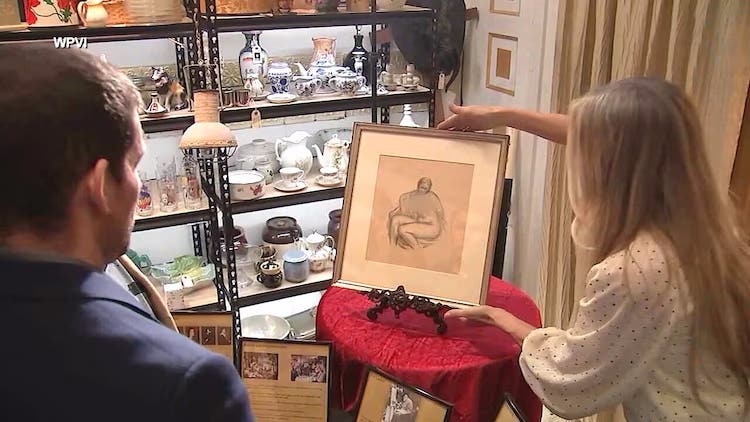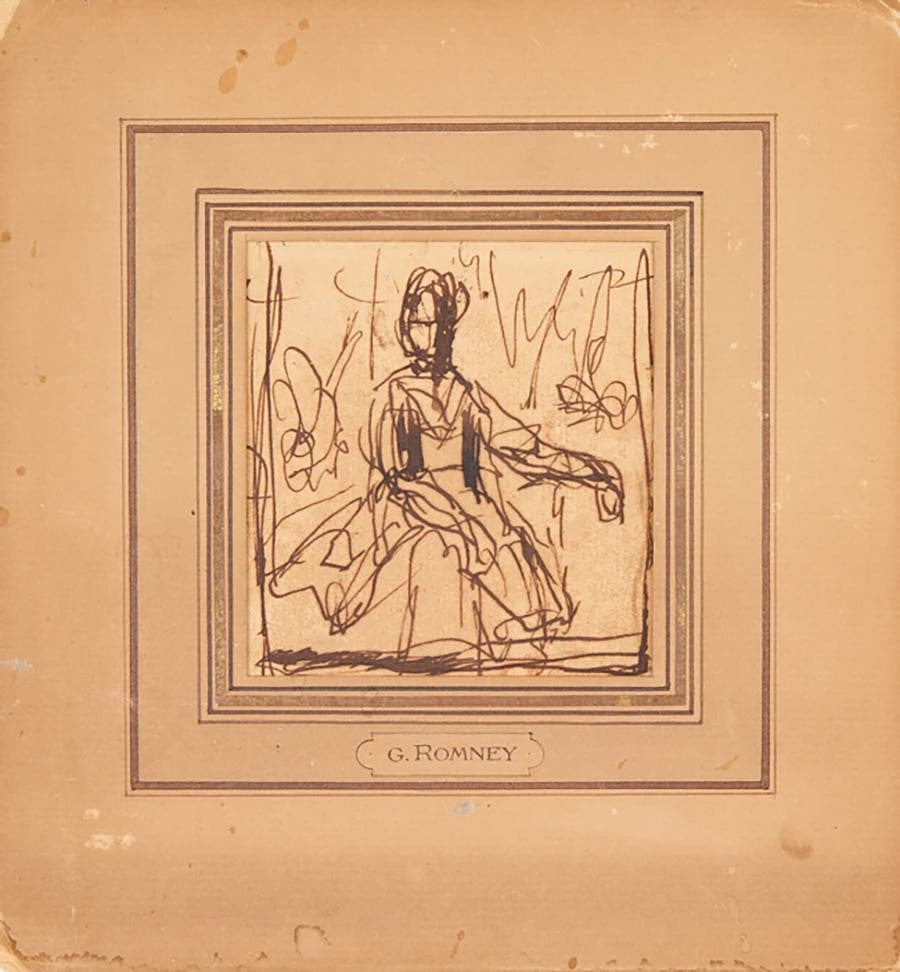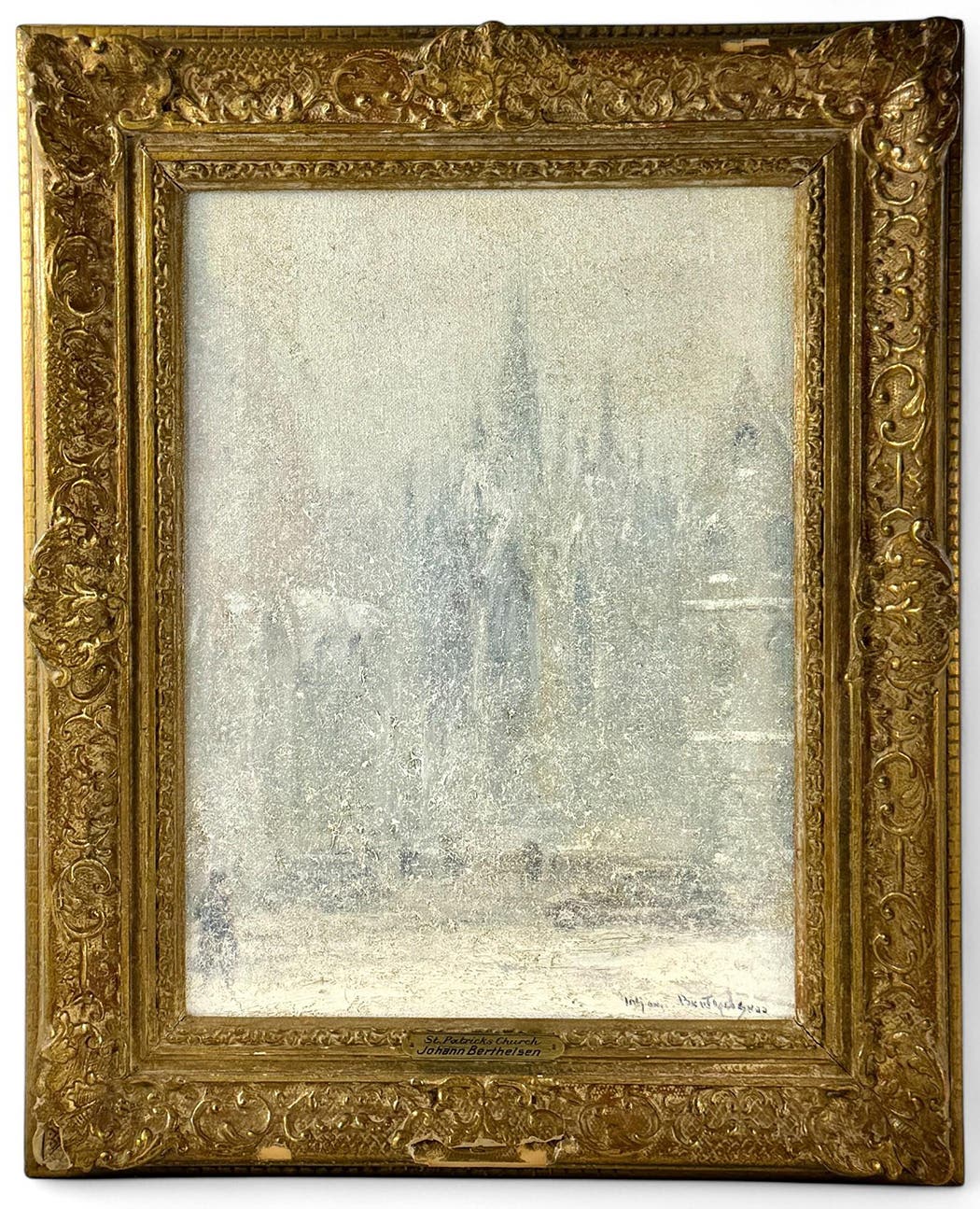Silver Linings: Rare Mackintosh Cutlery Set Shatters Expectations
A revolutionary cutlery design by Charles Rennie Mackintosh, commissioned in 1902, slices through estimates at Lyon & Turnbull’s Design Since 1860 auction.
Scottish designer Charles Rennie Mackintosh (1868-1928) trained as an architect but designed for multiple forms, including graphic arts, furniture, and silver. One rare suite of cutlery from a set commissioned by one of his earliest supporters came to auction at Lyon & Turnbull in its Design Since 1860 auction, held in Edinburgh and online on April 16 and 17. Predicted to sell for £20,000 and £30,000 ($26,600 - $39,000), it reached nearly six times its estimate with a sale price of £175,200 ($233,016).
Mackintosh, born in Glasgow, worked for the architectural firm Honeyman and Keppie when he enrolled in drawing classes at the Glasgow School of Art. He expanded into other media, including prints, watercolors, furniture, and metalwork designs. His popularity grew beyond Scotland, particularly in Austria, where his work, influenced by Japanese art and reflecting the Aesthetic and Arts and Crafts movements of the time, fit in well with the Vienna Secession.
The cutlery suite sold at Lyon & Turnbull came from a set Mackintosh designed in 1902. The set was commissioned by Francis (Fra) Newbery, the Glasgow School of Art director, an early promoter of Mackintosh’s work, and his wife Jessie, a textile artist in the Arts and Crafts movement. They placed the order through Edwards & Company, a Glasgow jeweler. David W. Hislop, a silversmith who had previously worked with Mackintosh, made the pieces. The set consisted of soup spoons, dinner forks, dessert spoons, and dessert forks, and the sold suite included one of each.
According to the BBC, John Mackie, head of sales at Lyon & Turnbull, called Mackintosh’s design for the cutlery “revolutionary,” noting the “exceptionally long, slender handles” with an oval opening at the terminal. The auction house called the forks “particularly striking, as the transition between the handle and the bowl was seamless, creating the illusion of a single, continuous band of metal.”
Five other pieces by Mackintosh were also sold at the auction. Three of his watercolors caught buyers’ attention and commanded high prices. Bouleternère, depicting the French town, was painted around 1925, while Mackintosh and his wife were living in France, and it sold for £150,200 ($199,766). Two 1901 pencil-and-watercolor studies of flowering plants, “Brookweed” and “Pimpernel,” sold for £18,900 ($25,137) each. Plants and flowers were important influences on his work, whether they appeared as literal motifs like his “Mackintosh rose” or inspired his general use of organic, functional shapes. There were also two pieces of Mackintosh furniture: a cabinet he designed in 1906 for the Scotland Street School, £7,650 ($10,175), and a three-legged high stool from about 1894, £3,024 ($4,022).
Mackie said the auction house was “absolutely delighted” with the sale.
You may also like:








